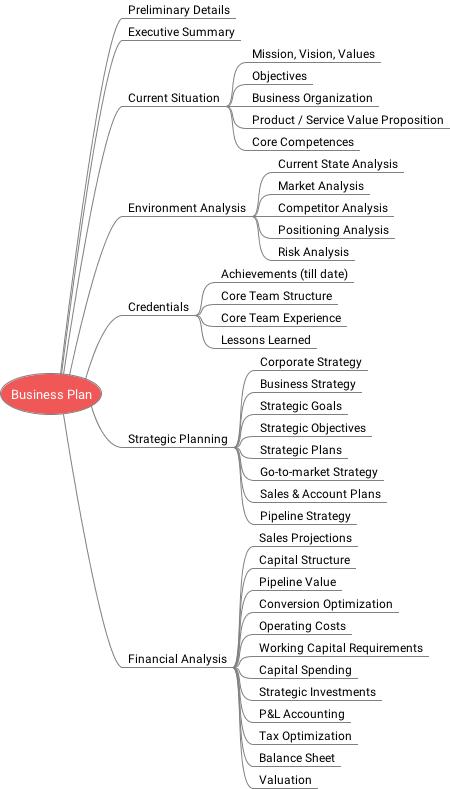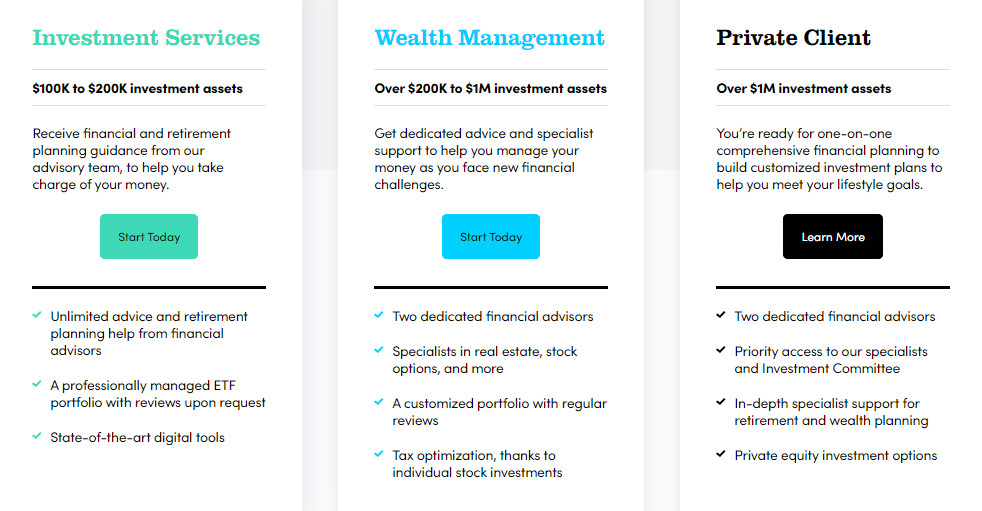
The sales pipeline is what connects customers to you, from their initial inquiry to closing the deal. To improve your sales pipeline, it is important to have a clear overview. A sales funnel can help you predict how much revenue will be generated in the next quarter. It also shows you how many new leads are generated.
Create distribution lists
There are a few steps you should follow if you want to create distribution list in Outlook for Sales. First, create a brand new contact group. You will then need to add email addresses into that contact group. The process is the same as adding contact groups to any other email program. You can do this by going to People and Groups and clicking the Add New option. Once you have chosen the group, give it a name and a description. You can also choose to make the list public or private.
Once you have created your contact groups, you can create your distribution list. You can create a closed distribution list for your contacts, so that only the people you want to receive your emails are part of it. You can also include people from your address books to your group.

Create dashboards
When setting up sales dashboards, you need to think about who is going to be using it. For example, CEOs might not want to see granular information about individual salespeople but instead would like a high-level view of their entire sales organization. Sales managers, on the other hand, will need micro-scale information to understand the performance of their teams. This information will help you design your sales dashboard in a way that is most useful for the users.
There are many ways to create a sales dashboard. First, take a look at the different pre-made dashboards. A blank dashboard can be created. You can name your dashboard and decide who can see it. After this, you can decide which reports to include.
Customize Outlook CRM
Outlook is an email client that millions of people use, including salespeople. It is no surprise that many companies have tried to integrate Outlook CRM within their email software. This can be done in a variety of ways, including add-ins, plugins, or integrations. You can also use a cloud CRM like Bitrix24. This cloud CRM is the most popular and is used worldwide by more than 10 million businesses.
For instance, you can use the Tasks feature to create templates for common tasks and events. These templates can be colored to remind you of meetings, tasks, or events. You can also set different reminders for different groups of people, such as prospective clients, different product lines, or different verticals. This will help you stay organized and reduce the time it takes to complete different tasks.

Outlook Outlook contacts view with context information
Microsoft Outlook allows you to view CRM contacts with contextual data. Click on the Xbar symbol to see an embedded toolbar containing key information about contacts or accounts. Drag and drop information from the toolbar or create new ones. There are many options available to you, including pending and related information.
You can also view CRM contacts with contextual information right from your Outlook inbox. In addition, you can integrate Outlook with CRM to send and receive emails between the two applications. Outlook plugin allows you save email activities to CRM. It also lets you use HubSpot’s email templates for sending emails to CRM contacts.
Dynamics 365 allows you to pull email templates from the system and create sales collateral
Outlook for sales and Microsoft Dynamics 365 go hand-in-hand and offer an intuitive integration experience that allows users and partners to draw on each other's strengths. They provide a complete set of capabilities that include CRM syncing and linking emails to CRM records. Dynamics 365 users can also view CRM contacts from Outlook. This gives them the ability use sales collateral or email templates that relate to the CRM record.
FAQ
How to beat inflation with savings
Inflation is the rising prices of goods or services as a result of increased demand and decreased supply. It has been a problem since the Industrial Revolution when people started saving money. Inflation is controlled by the government through raising interest rates and printing new currency. You don't need to save money to beat inflation.
Foreign markets, where inflation is less severe, are another option. An alternative option is to make investments in precious metals. Two examples of "real investments" are gold and silver, whose prices rise regardless of the dollar's decline. Investors who are worried about inflation will also benefit from precious metals.
What are the benefits of wealth management?
Wealth management offers the advantage that you can access financial services at any hour. To save for your future, you don't have to wait until retirement. It also makes sense if you want to save money for a rainy day.
You can choose to invest your savings in different ways to get the most out of your money.
You could, for example, invest your money to earn interest in bonds or stocks. You could also buy property to increase income.
If you hire a wealth management company, you will have someone else managing your money. You don't have the worry of making sure your investments stay safe.
What is retirement plan?
Planning for retirement is an important aspect of financial planning. You can plan your retirement to ensure that you have a comfortable retirement.
Planning for retirement involves considering all options, including saving money, investing in stocks, bonds, life insurance, and tax-advantaged accounts.
What is estate planning?
Estate planning is the process of creating an estate plan that includes documents like wills, trusts and powers of attorney. These documents are necessary to protect your assets and ensure you can continue to manage them after you die.
Statistics
- According to a 2017 study, the average rate of return for real estate over a roughly 150-year period was around eight percent. (fortunebuilders.com)
- As previously mentioned, according to a 2017 study, stocks were found to be a highly successful investment, with the rate of return averaging around seven percent. (fortunebuilders.com)
- If you are working with a private firm owned by an advisor, any advisory fees (generally around 1%) would go to the advisor. (nerdwallet.com)
- These rates generally reside somewhere around 1% of AUM annually, though rates usually drop as you invest more with the firm. (yahoo.com)
External Links
How To
How to Invest your Savings to Make Money
You can make a profit by investing your savings in various investments, including stock market, mutual funds bonds, bonds and real estate. This is what we call investing. You should understand that investing does NOT guarantee a profit, but increases your chances to earn profits. There are many ways you can invest your savings. Some of them include buying stocks, Mutual Funds, Gold, Commodities, Real Estate, Bonds, Stocks, and ETFs (Exchange Traded Funds). These methods are discussed below:
Stock Market
The stock market is one of the most popular ways to invest your savings because it allows you to buy shares of companies whose products and services you would otherwise purchase. Buying stocks also offers diversification which helps protect against financial loss. If oil prices drop dramatically, for example, you can either sell your shares or buy shares in another company.
Mutual Fund
A mutual fund is an investment pool that has money from many people or institutions. These mutual funds are professionally managed pools that contain equity, debt, and hybrid securities. A mutual fund's investment objectives are often determined by the board of directors.
Gold
Gold is a valuable asset that can hold its value over time. It is also considered a safe haven for economic uncertainty. It is also used as a form of currency in some countries. Gold prices have seen a significant rise in recent years due to investor demand for inflation protection. The supply and demand fundamentals determine the price of gold.
Real Estate
The land and buildings that make up real estate are called "real estate". When you buy real estate, you own the property and all rights associated with ownership. Rent out part of your home to generate additional income. You may use the home as collateral for loans. The home can also be used as collateral for loans. Before purchasing any type or property, however, you should consider the following: size, condition, age, and location.
Commodity
Commodities are raw materials like metals, grains, and agricultural goods. Commodity-related investments will increase in value as these commodities rise in price. Investors looking to capitalize on this trend need the ability to analyze charts and graphs to identify trends and determine which entry point is best for their portfolios.
Bonds
BONDS are loans between corporations and governments. A bond is a loan agreement where the principal will be repaid by one party in return for interest payments. Bond prices move up when interest rates go down and vice versa. An investor buys a bond to earn interest while waiting for the borrower to pay back the principal.
Stocks
STOCKS INVOLVE SHARES OF OWNERSHIP IN A CORPORATION. Shares are a fraction of ownership in a company. You are a shareholder if you own 100 shares in XYZ Corp. and have the right to vote on any matters affecting the company. When the company earns profit, you also get dividends. Dividends, which are cash distributions to shareholders, are cash dividends.
ETFs
An Exchange Traded Fund (ETF), is a security which tracks an index of stocks or bonds, currencies, commodities or other asset classes. Unlike traditional mutual funds, ETFs trade like stocks on public exchanges. The iShares Core S&P 500 (NYSEARCA - SPY) ETF is designed to track performance of Standard & Poor’s 500 Index. Your portfolio will automatically reflect the performance S&P 500 if SPY shares are purchased.
Venture Capital
Venture capital is private funding that venture capitalists provide to entrepreneurs in order to help them start new companies. Venture capitalists lend financing to startups that have little or no revenue, and who are also at high risk for failure. Venture capitalists usually invest in early-stage companies such as those just beginning to get off the ground.